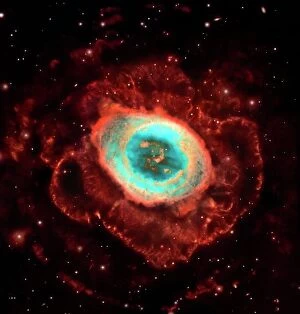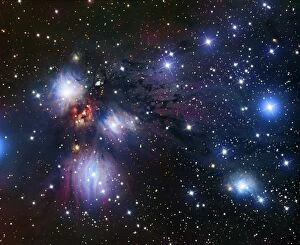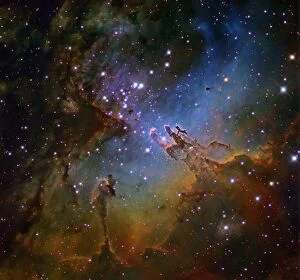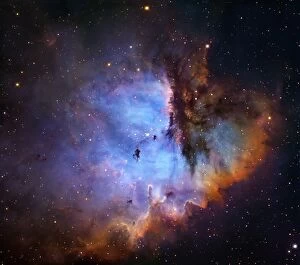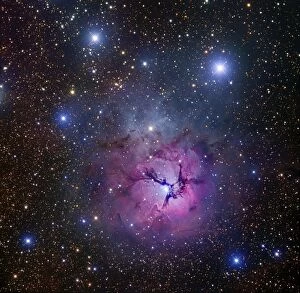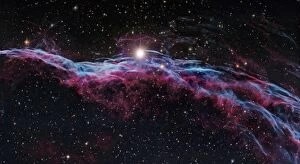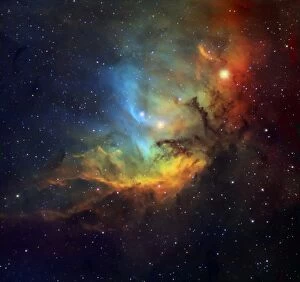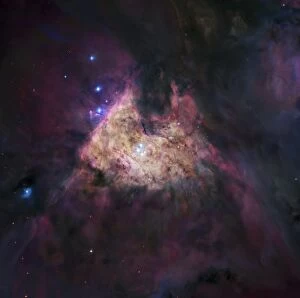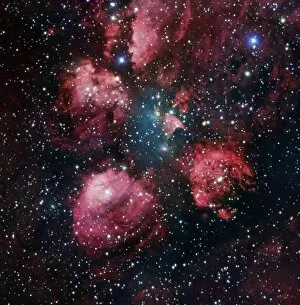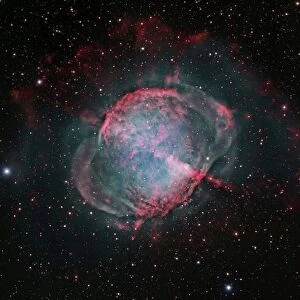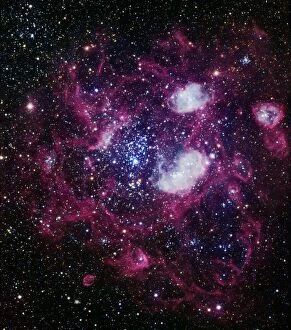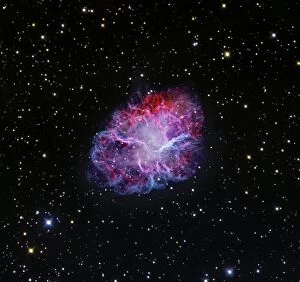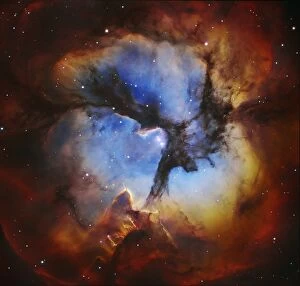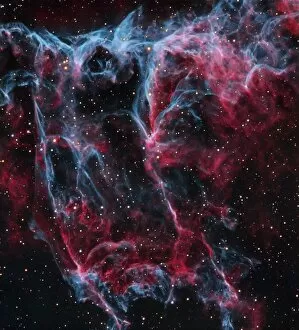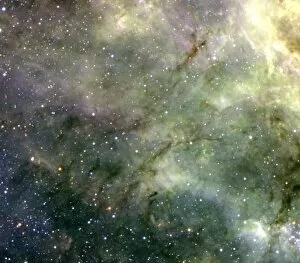Star Birth Region Collection
"Exploring the Cosmic Cradles: Captivating Star Birth Regions Unveiled" Witness the breathtaking beauty of star birth regions
For sale as Licensed Images
Choose your image, Select your licence and Download the media
"Exploring the Cosmic Cradles: Captivating Star Birth Regions Unveiled" Witness the breathtaking beauty of star birth regions, where celestial nurseries give rise to new stellar wonders. In this captivating journey through space, we encounter a multitude of stunning nebulae and their mesmerizing formations. The Ring Nebula M57, as captured by Hubble image C017 / 3725, unveils a celestial jewel resembling an ethereal ring suspended in the vastness of space. Its intricate structure showcases the remnants of a dying star's outer layers expelled into the cosmos. Moving onward, we encounter the Reflection Nebula NGC 2170 (C017 / 3737), adorned with shimmering blue hues that result from dust particles reflecting light from nearby stars. This cosmic spectacle serves as a testament to nature's ability to create art even on astronomical scales. Behold the Eagle Nebula NGC 6611 (optical image C017 / 3719), where towering pillars of gas and dust sculpted by intense radiation emanate an otherworldly glow. Within these colossal structures lie hidden pockets where new stars are born, perpetuating the cycle of creation in our universe. Venturing further into deep space brings us to NGC 281 starbirth region (optical image C017 / 3732). Here, vibrant colors paint an awe-inspiring portrait as newborn stars emerge from dense clouds of gas and dust—a true celestial masterpiece in motion. As we approach Trifid Nebula M20 (optical image C017 / 3720), its name aptly describes its three distinct lobes separated by dark lanes. Illuminated by young hot stars within its core, this nebula showcases both emission and reflection components—truly a sight to behold. The Veil Nebula IC1340 (optical image C017 /3755) reveals delicate wisps reminiscent of gossamer threads, remnants of a supernova explosion that occurred thousands of years ago.

